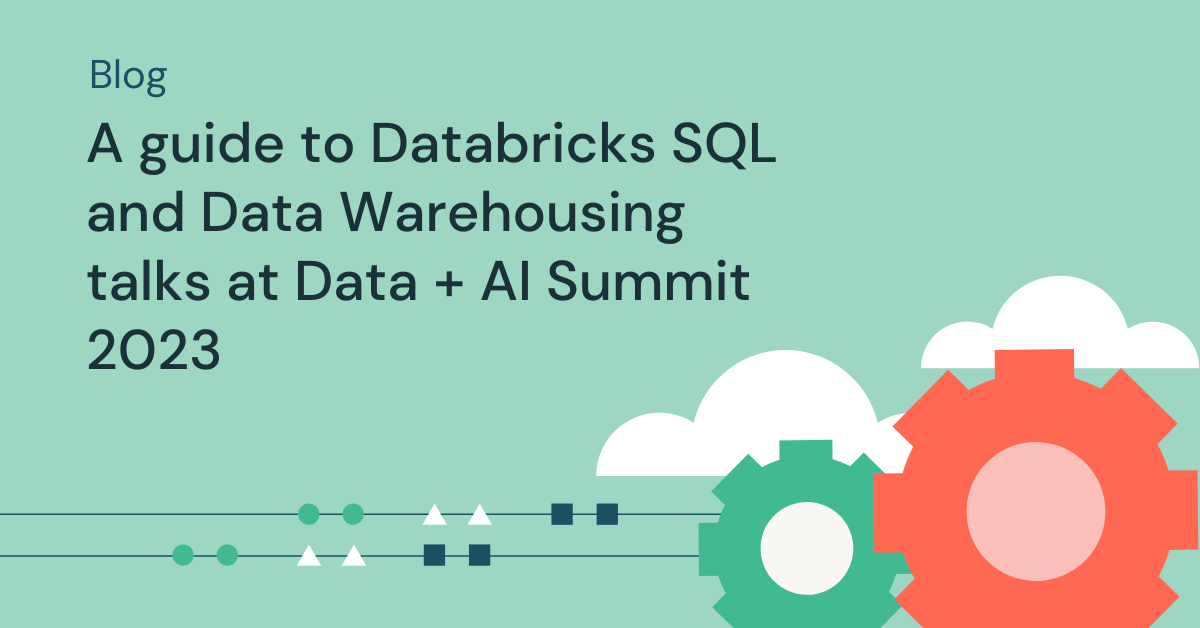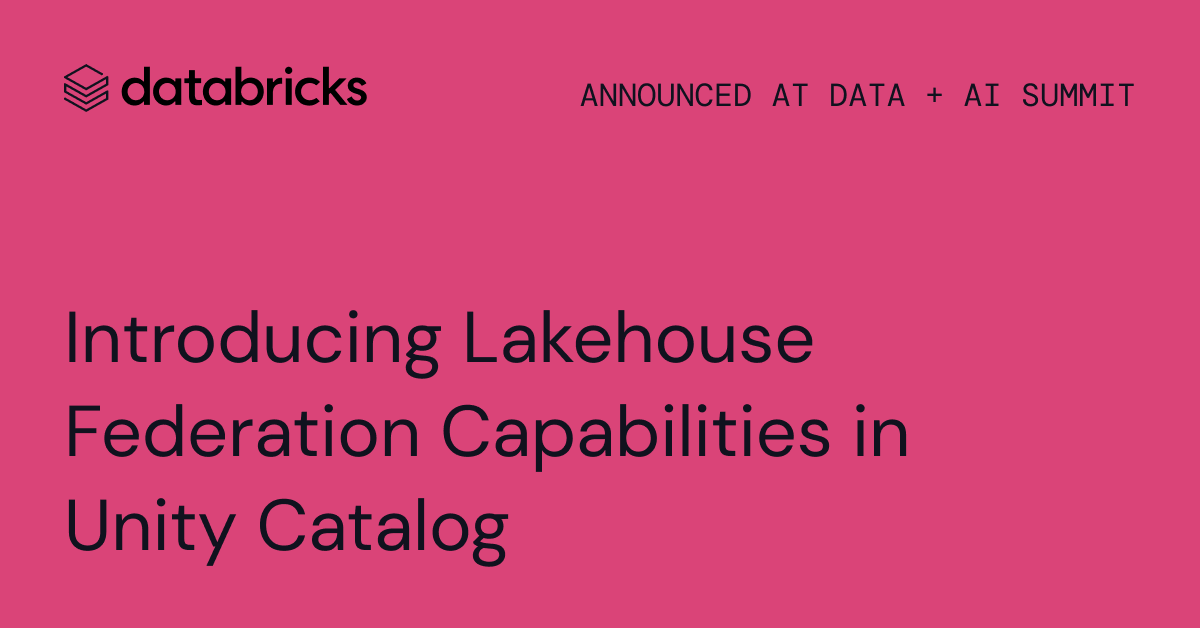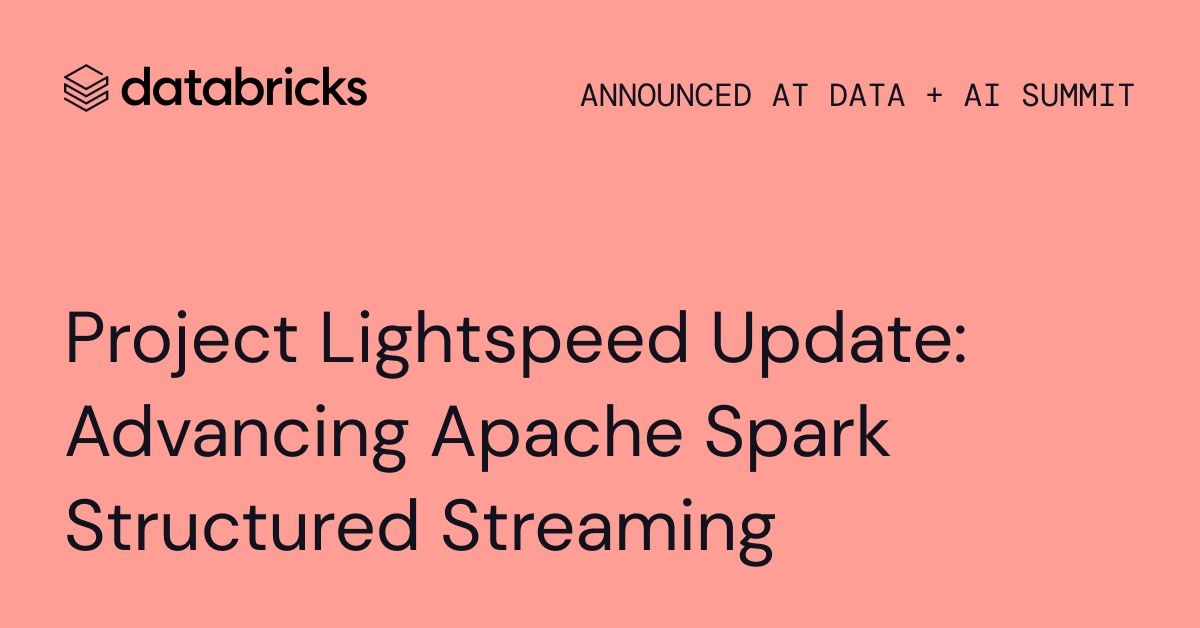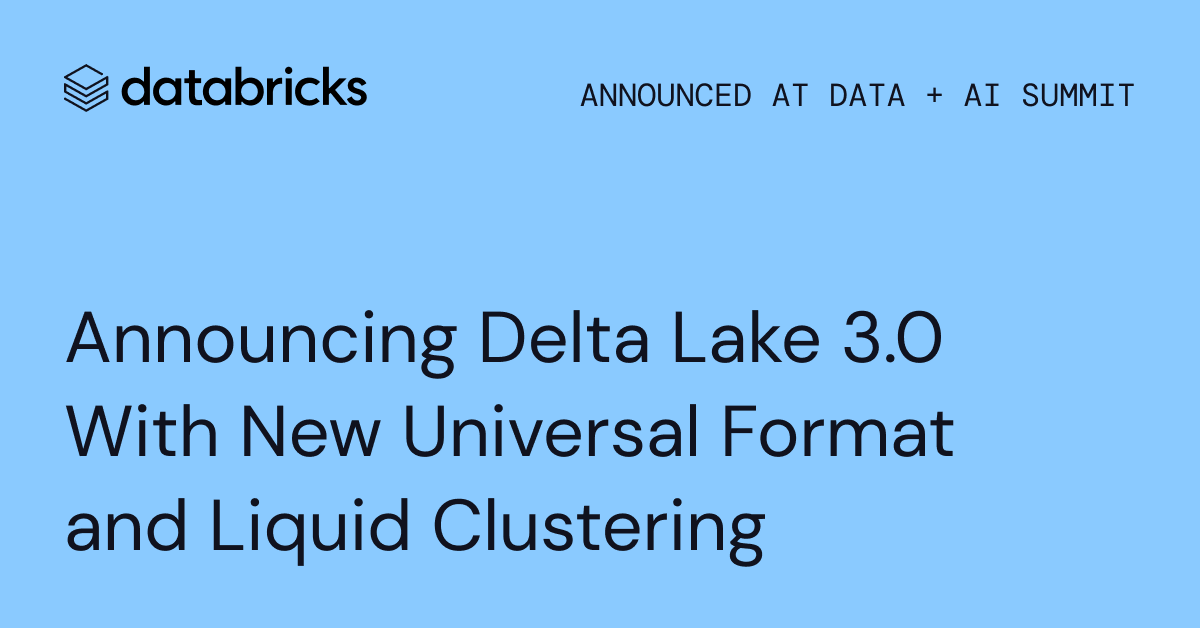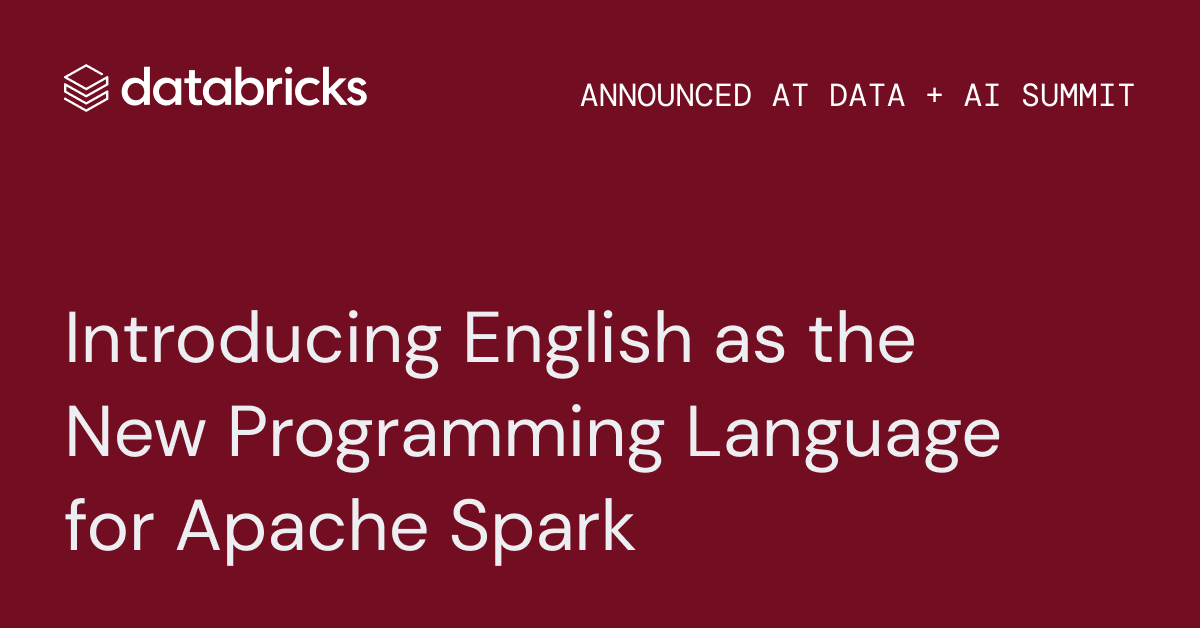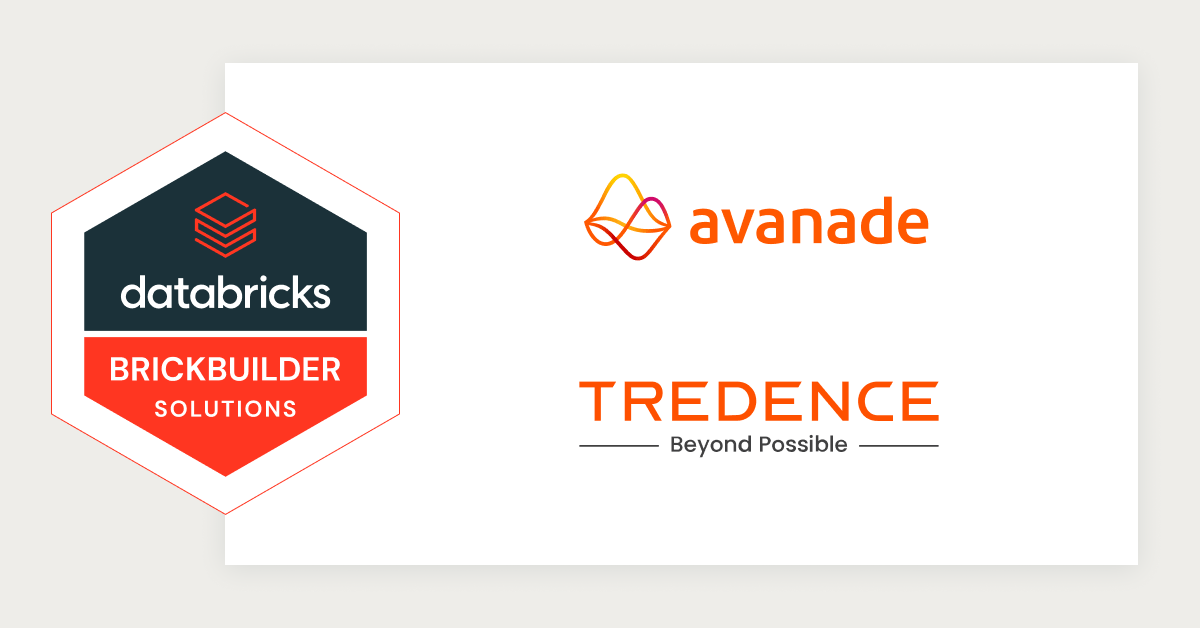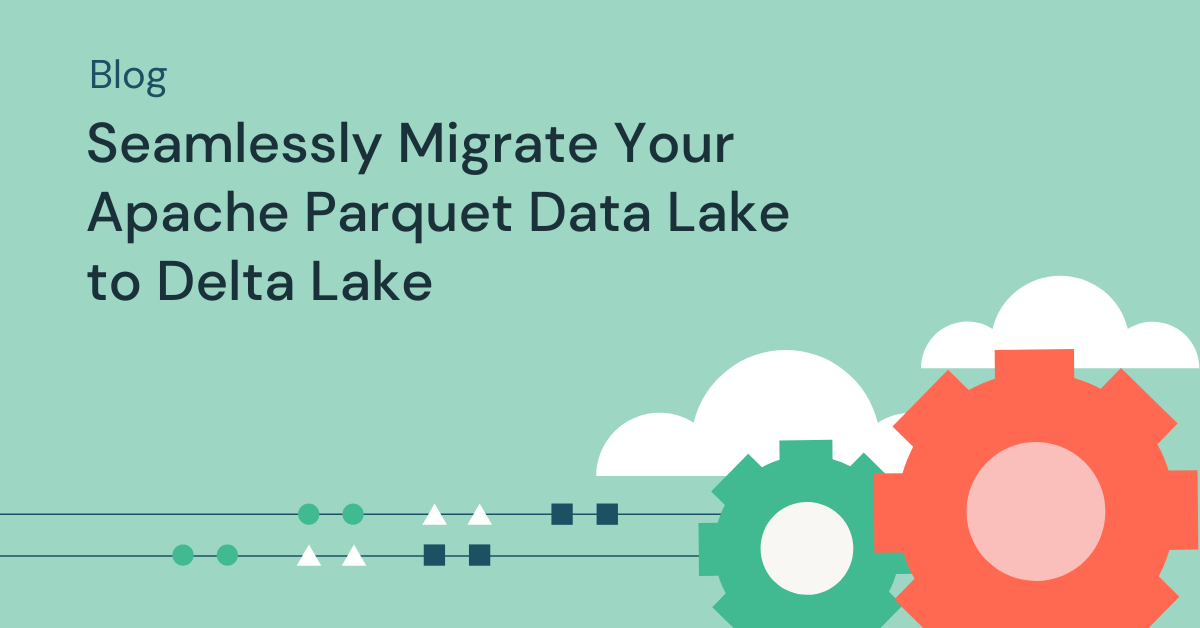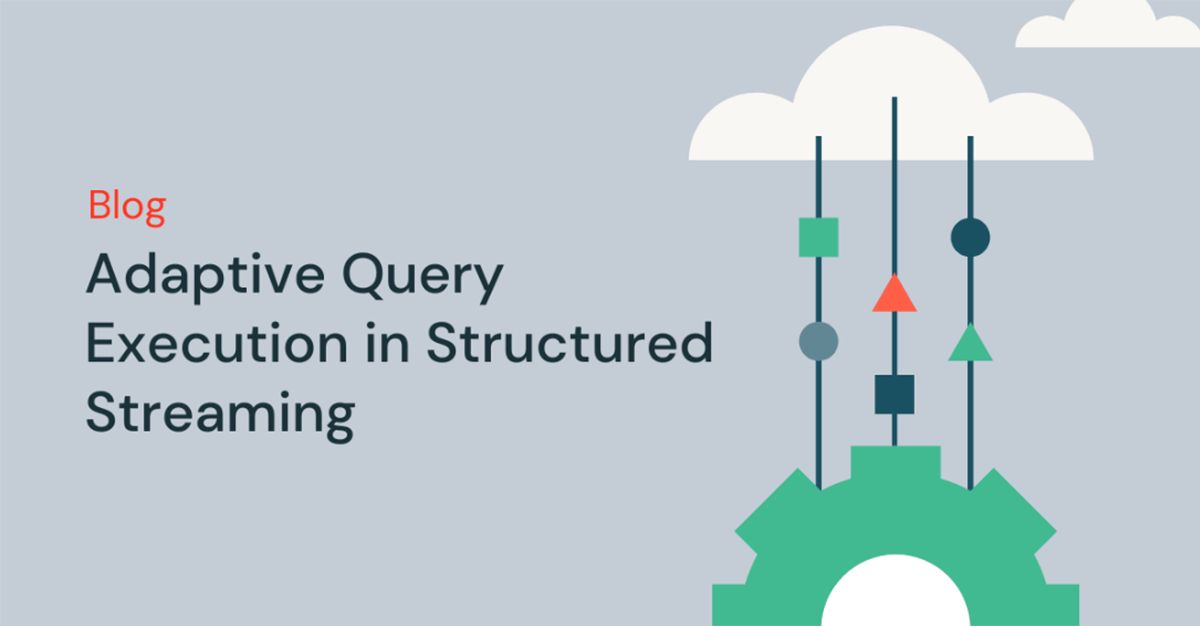A guide to Databricks SQL and Data Warehousing talks at Data + AI Summit 2023
It’s been only 18 months since we announced Databricks SQL general availability – the serverless data warehouse on the Lakehouse – and we are thrilled and humbled by the adoption and impact it has gained in the community. With thousands of customers worldwide, and already over $100 million in recurring revenue, Databricks SQL is one […]
Continue Reading